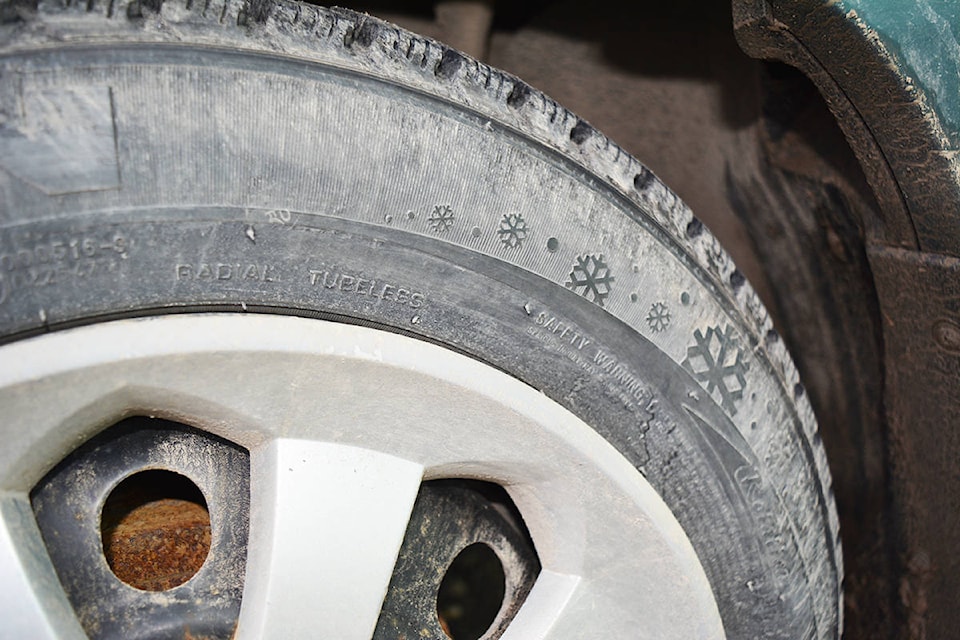It’s the time of year when people start trading their winter tires for summer tires, but the situation is a bit different this year, as the provincial Ministry of Transportation and Infrastructure (MOTI) extended the winter tire regulations an extra month on many highways.
This winter, the regulations have been extended to April 30 from March 31 on select highways, most of which are located in the Interior and northern parts of the province. Road conditions can change quickly, and snowfall is still possible in these regions.
Motorists should ensure their vehicle is equipped with tires with the mountain/snowflake or mud and snow (M+S) symbol when travelling on designated routes.
The Sea To Sky Highway in the Lower Mainland and Malahat on Vancouver Island have not been included in the winter tire extension, and the winter tire regulations were lifted there on March 31.
For more information on which routes will be impacted and how this could affect travel plans, visit tranbc.ca/2019/03/14/when-is-the-best-time-to-remove-winter-tires/.
A legal winter tire is defined as one with at least 3.5 millimetres of tread and either the mountain/snowflake and/or M+S marked on the sidewall. However, MOTI points out that it is important to note the differences between these two tires.
Severe winter tires with the mountain/snowflake emblem maintain good traction in winter conditions because they are composed of a rubber compound that stays soft in cold temperatures. They also have an aggressive tread design for added traction on snow and ice.
Meanwhile, M+S tires may not perform as well as severe winter tires in harsh conditions, but they have a shape and tread design that gives better traction than summer tires in snow and ice.
Therefore, some people choose to use mountain/snowflake tires in the winter and M+S tires the rest of the year, according to MOTI.
While maintenance crews strive to keep routes safe and in the best possible condition, people must use caution and slow down when they encounter bad weather or limited visibility.
Driving to current conditions will improve safety for everyone on the road.
